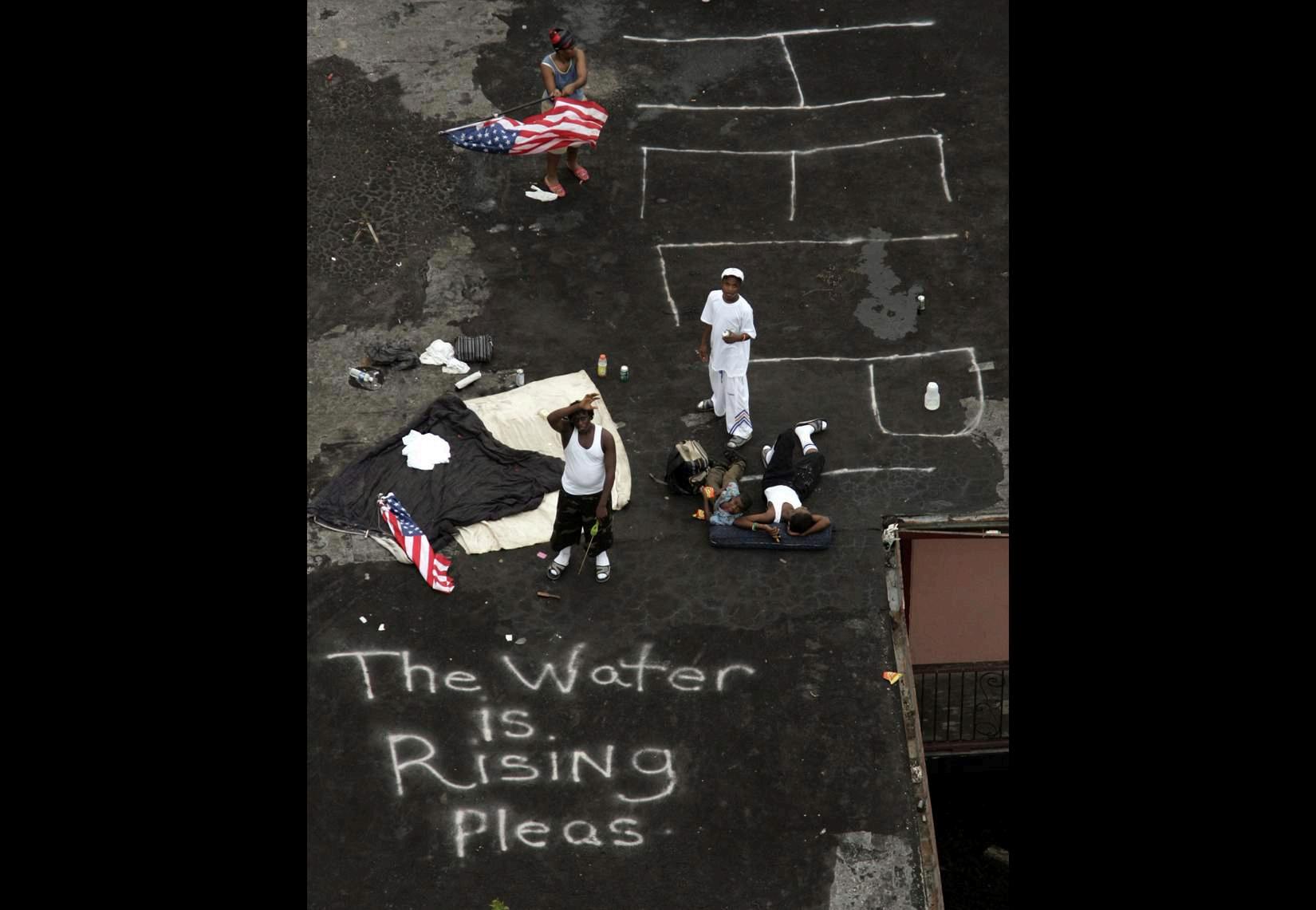

THE TREBLE CLEF
EDITORIAL NOTE
Thisspecialissueisdeeplyconnectedto"Journeyofthe Naturals,"apowerfulmusicpieceperformedbytheMulticultural MusicGroupOrchestraonJune29,2025,duringour2025 MulticulturalMusicEncountersattheLovingerTheater,Lehman College.
ComposedbysaxophonevirtuosoandNEAJazzMasterDonald Harrison,theworkwascommissionedbyMMGandpremieredin 2016asatributetothevictimsofHurricaneKatrinaandthemass displacementofAfricanAmericancitizensinthe21stcentury.
ThismovingperformancewasconductedbyChristinaMorris,a risingtalentinorchestralmusicandagiftedinterpreterofthe Afro-Americanclassicalrepertoire.Thismarkedhersecond appearancewiththeMulticulturalMusicOrchestra.
Clickontheimagebelowtoenjoythepieceperformedthisyear.
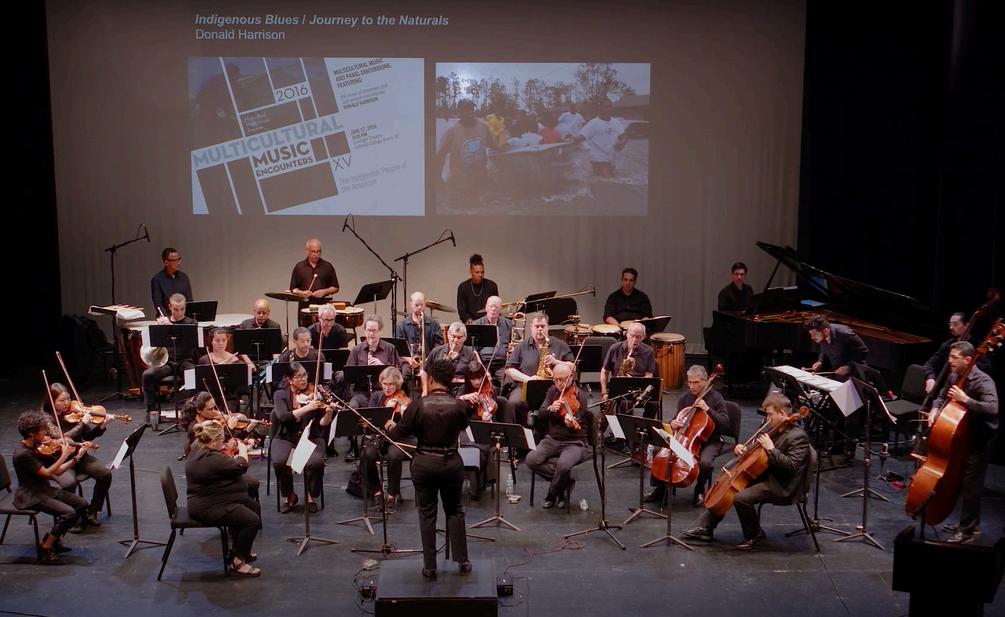
A City of Sound and Silence: Race and Disaster Capitalism in Post-Katrina New Orleans
Wilfredo José Burgos Matos, Ph.D.
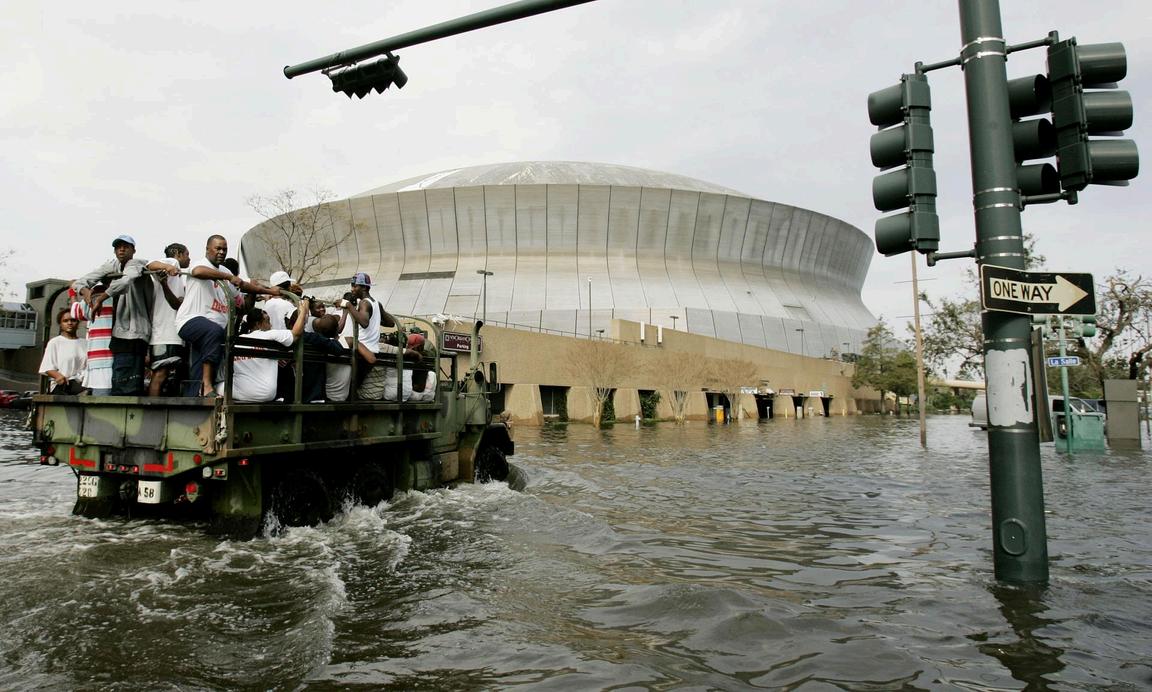
Irememberitvividly.Astheplanedescended,Iwatchedthe ocean-likeMississippiRiverborderacityIhadlongdreamedof visiting.NewOrleansfeltfamiliarinwaysIcouldn’tquiteexplain: thelayeredculturesechoedmyCaribbeanupbringing,the spiritualcurrentremindedmeofmyPuertoRicanhomeland,and theslow,stingingpaceofrecoveryresonateddeeply.Ihadcome tocelebratemy30thbirthday,butinstead,Iencountered somethinglarger—acityreshapedbydisaster,resistance,and rhythm.
NewOrleansisunlikeanywhereelseinAmerica.Itisacitywhere musicisnotmerelyentertainmentbutavitalpartoflife.Brass bandscutthroughneighborhoodslikearteries.Gospelsongs pourfromchurches.JazzdripsfromstreetcornerslikeSpanish moss.ThisisthebirthplaceofAmericanmusicandaliving archiveofitssoul.It’salsoaplacewheremourningand celebrationcoexist:funeralsbecomeparades,tearsbecome trumpets.
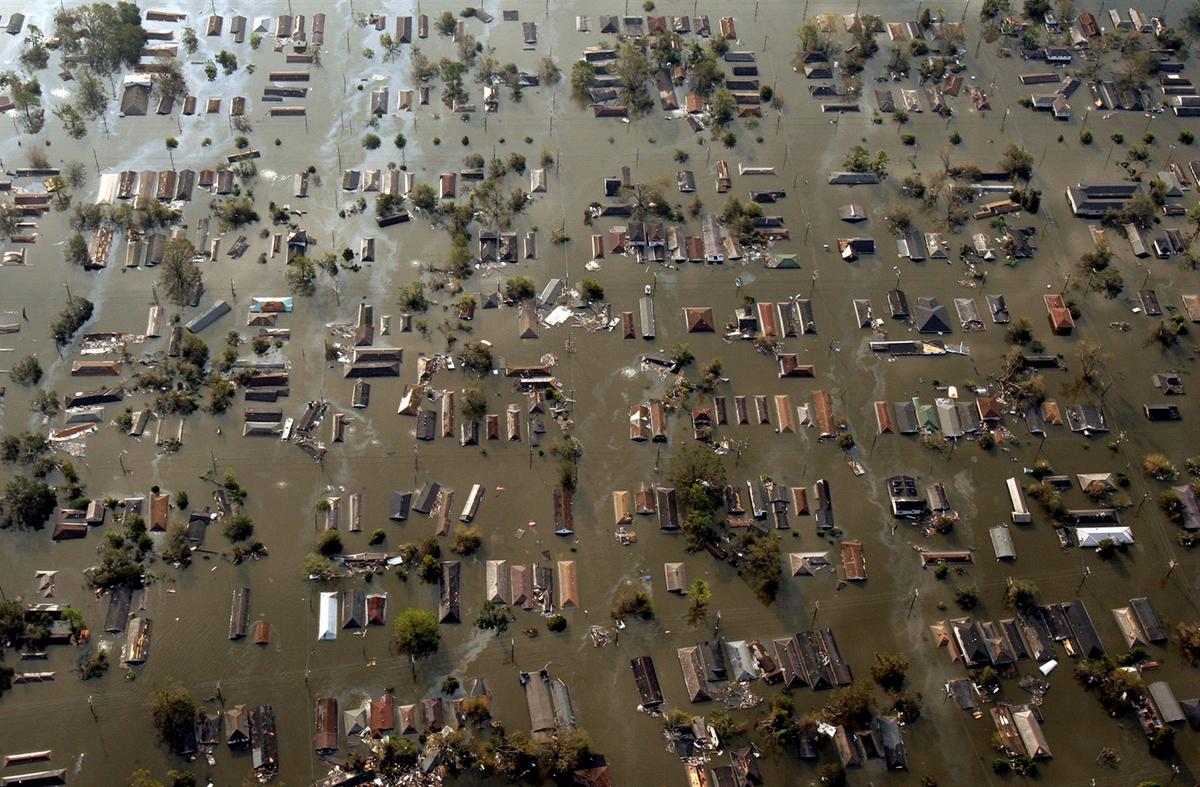
y, , p revealedthecity'sdeepestinequalities,submergingthelowestlying andoftenBlackest neighborhoods.TheLowerNinthWard. NewOrleansEast.Gentilly.Thesewerenotaccidentsofgeography buttheresultofenvironmentalracismandhistoricdisinvestment. Redlining,zoningmanipulation,andinfrastructureneglecthadput thecity’smostvulnerableinharm’swaylongbeforethestormever arrived.
Thegovernment’sresponsetoKatrinawas,bynearlyallaccounts, afailureofhistoricproportions.Delaysinfederalaid, mismanagementbytheFederalEmergencyManagementAgency (FEMA),andalackofcoordinationamonglocal,state,andfederal authoritiesledtopreventabledeaths,extendedsuffering,and widespreadconfusion.Imagesofdesperateresidentsstrandedat theSuperdomeandConventionCenter,withoutfood,water,or medicalcare,werebroadcastworldwide.Theslowandinadequate responsehighlighteddeepracialandeconomicdisparities,as mostlyBlackandlow-incomeresidentsboretheworstof bureaucraticneglect.InvestigationsbytheU.S.Houseof RepresentativesandtheSenateHomelandSecurityCommittee confirmedthatalackofplanning,poorcommunication,and leadershipgapscausedthefailureofemergencysystemswhen theyweremostneeded(SelectBipartisanCommitteeto InvestigatethePreparationforandResponsetoHurricaneKatrina, 2006).
Whatwasalsoclearduringthosechaoticdayswasthepowerof mediaandpublicperception.TheportrayalofBlacksurvivorsas “looters”whilewhitesurvivorsweredescribedas“finding”food revealeddeeplyrootedbiasesinnationalstories.Theseimagesnot onlyaffectedhowquicklyandcompassionatelypeopleresponded butalsoinfluencedhowthenationunderstoodthestorm’svictims. ThecriminalizationofBlacksuffering—seeninbothlaw enforcementoverreachandpublicrhetoric—fueledsuspicion insteadofempathyandmadeiteasierforpolicymakerstojustify displacement,neglect,andtheredirectionofrecoveryfunds.
ByJuly2006,thenumberstoldahauntingstory.Fromnearly 485,000residentsin2000,NewOrleanshaddecreasedtojustover 230,000—alossofmorethanhalfitspopulation(DataCenter,2015). Whilesomeresidentsreturned,many—particularlylow-income Blackfamilies—remainedpermanentlydisplaced.Asof2020,the populationhoveredaround384,000.Thatgapreflectsnotjust statistics,butstories:familieslost,communitiesscattered,homes neverrebuilt(SPLC;DataCenter).
Whatfollowedwascalled"recovery,"butmanysawitaserasure. PublichousingcomplexeslikeLafitte,B.W.Cooper,andC.J.Peete weretorndownandreplacedwithmixed-incomedevelopments
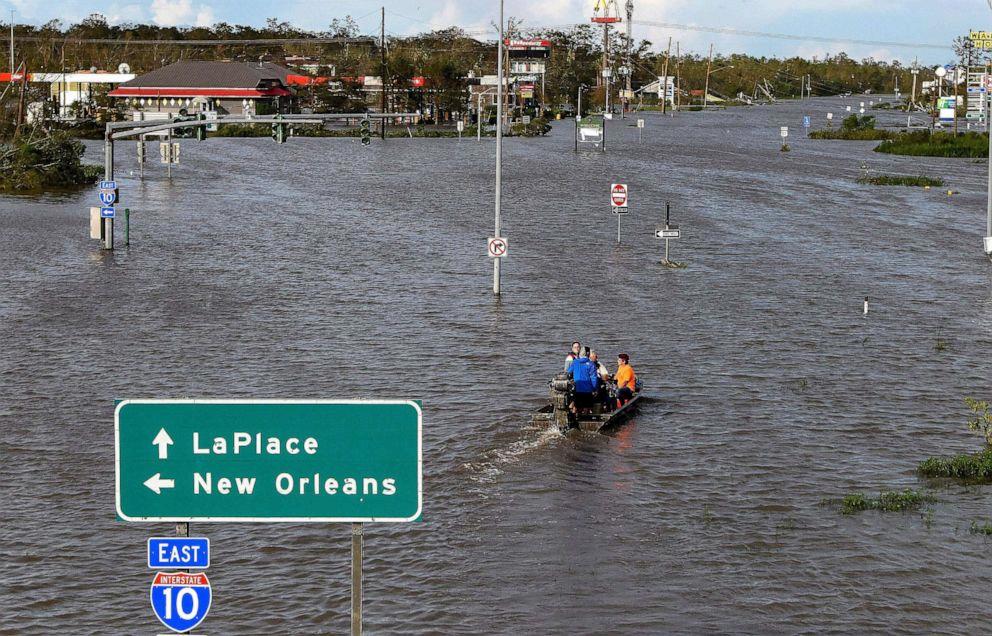
Meanwhile,governmentrecoveryprogramslikeRoadHomefailed theverypeopletheyclaimedtosupport.Grantswerebasedon pre-stormpropertyvaluesratherthanrebuildingcosts,aformula thatsystematicallyshortchangedBlackhomeownersin undervaluedneighborhoods(Finch,2008;Gotham,2014).The dismantlingofthecity’spublicschoolsfollowed,withLouisiana convertingnearlyallintocharterschools.Whilesometestscores rose,Blackteachers—especiallywomen—lostjobs,andfamilieslost theirvoiceingovernance(Buras,2011).
Thesetransformationswereintentional.Theyalignedwithwhat NaomiKleincalls“disastercapitalism”—theexploitationofdisasters toadvanceneoliberalreforms.Katrina’saftermathbecamea blueprint:privatizedhousing,privatizededucation,andpublicland soldtodevelopers.Therebuildingwasn’tforthosewholostthe most.Itwasforthoselookingtoprofit.
Environmentalracismworsenedthisissue.Studieshavelong shownthatBlackandlow-incomecommunitiesaremorelikelyto liveneartoxicsites,poorlymaintainedinfrastructure,andfloodproneareas(UnitedChurchofChrist,1987;EPA).Katrinaexposed thisviolently.NeighborhoodslikeGertTownsawtheBlack populationdropfrom94.5%in2000to68.9%in2016,whilewhite populationsincreased(U.S.CensusBureau).
Andyet,thespiritofNewOrleansdidnotdisappear.Itreorganized itself.Communitygroups,churches,secondlines,andmusicians tooktheleadinrebuilding.OrganizationsliketheMakeItRight Foundation,thoughimperfect,representedearlyhopesfor sustainability.Residentsreturnednotbecausetheyreceivedhelp butbecausetheylovedtoomuchtoleave.Theyrebuilthomes, revivedculture,andfoughttopreventdisappearance.
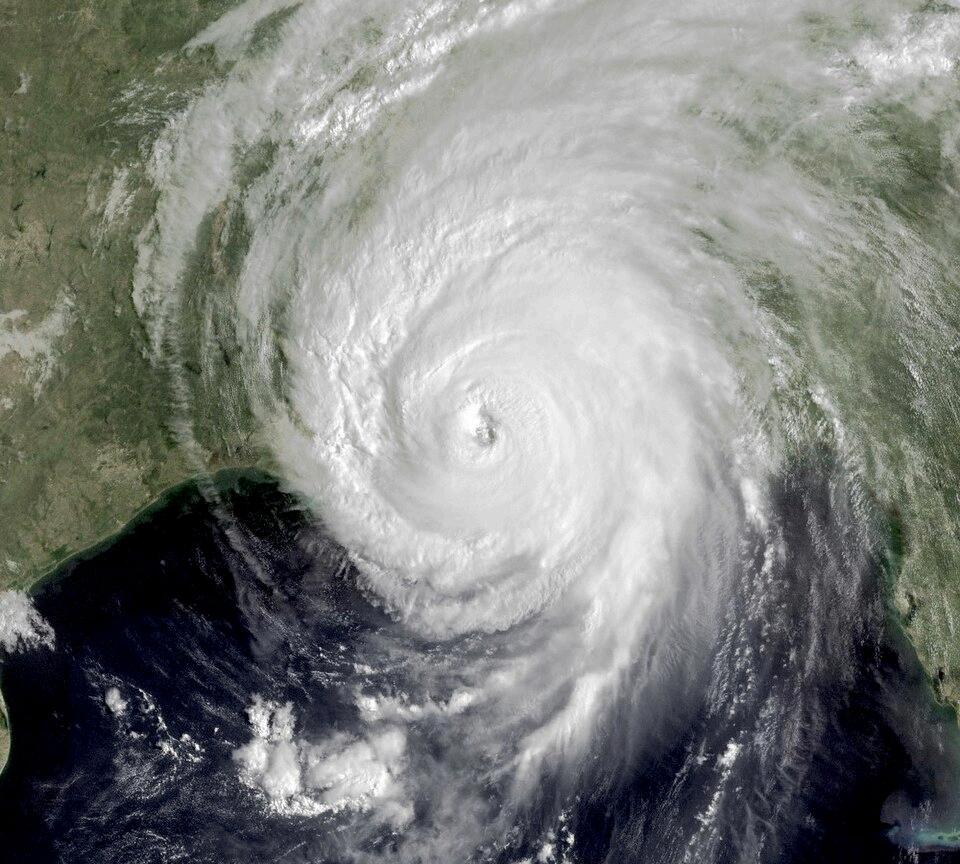
Whatemergedaftertraumawasanewunderstandingofresilience —notfromfederalpolicies,butfromneighborhoodmutualaid. Grassrootsgroupsformedwhenthestatesupportwasmissing, sharingfood,fixinghomes,anddocumentinginjustices.Formany residents,thistimereshapedwhatitmeanttosurvive:notjust rebuildingstructures,butalsorestoringdignity,history,and presence.Thesenetworksbuiltthebasisforongoingactivismon housingjustice,educationequity,andenvironmentalrecovery, linkingKatrina’slessonstoothernationalbattles.
ToloveNewOrleansistohearbothitscelebrationanditscry.The storyofKatrinaisnotjustaboutwater.Itisabouttheweightof inequalityandthebrillianceofsurvival.Thesilencethatfollowedthe stormhasfaded.Today,thecitysingsagain—butwiththememoryof everythingithaslost.
References
Arena,J.(2012).DrivenfromNewOrleans:Hownonprofitsbetraypublic housingandpromoteprivatization.UniversityofMinnesotaPress.
Buras,K.L.(2011).Charterschools,race,andurbanspace:Wherethe marketmeetsgrassrootsresistance.Routledge.
DataCenter.(2015).NewOrleansIndexatTen:MeasuringGreaterNew Orleans’progresstowardprosperity.https://www.datacenterresearch.org.
DemocraticHouseCommitteeonFinancialServices.(2006).Theroleof affordablehousinginpost-Katrinarecovery.
EnvironmentalProtectionAgency(EPA).(2018).Environmentaljusticeand environmentalracism.
Finch,H.(2008).RoadHomeProgramflawed:Discriminationindisaster recovery.NationalFairHousingAlliance.
Fussell,E.,&Sastry,N.(2010).WhoreturnedtoNewOrleansafterHurricane Katrina?PopulationReferenceBureau. https://www.prb.org/resources/who-returned-to-new-orleans-afterhurricane-katrina.
Fussell,E.,Curtis,K.J.,&DeWaard,J.(2014).Recoverymigrationtothecity ofNewOrleansafterHurricaneKatrina:Amigrationsystemsapproach. PopulationandEnvironment,35(3),305–322.
Gotham,K.F.(2014).Reinforcinginequalities:TheimpactoftheRoad HomeProgramonpost-Katrinarebuilding.HousingPolicyDebate,24(1), 192–212.
SouthernPovertyLawCenter(SPLC).(2020).Katrina'slegacy.
UnitedChurchofChristCommissionforRacialJustice.(1987).Toxic wastesandraceintheUnitedStates.
U.S.CensusBureau.(2000–2016).AmericanCommunitySurvey:Gert Town,LAprofile.
SelectBipartisanCommitteetoInvestigatethePreparationforand ResponsetoHurricaneKatrina.(2006).Afailureofinitiative.U.S.Houseof Representatives.

